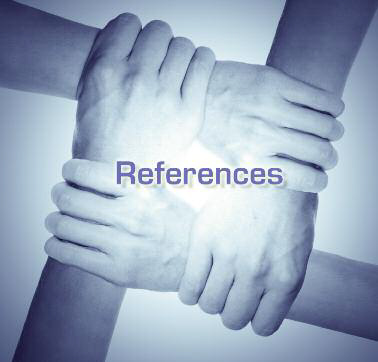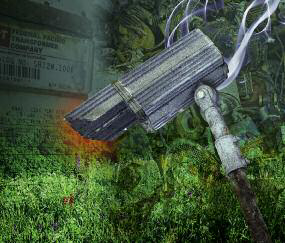WaterShapes
With vast experience in both the residential and commercial markets, Kevin Ruddy is one of the watershaping industry’s foremost experts on the design and construction of indoor swimming pools and their surrounding environments. Here, in this first of two features covering a complicated residential project, he discusses the painstaking process of designing a pool and the systems that integrate it with the surrounding structure. It seems counterintuitive, but indoor swimming pool environments are wholly and entirely distinct from their outdoor cousins. The differences are mostly contained in the fact that, indoors, the designer needs to consider not only the pool and its hydraulic performance, but also the enclosure and the air-handling and dehumidification systems that makes these spaces comfortable and enjoyable for clients and their guests. Through years of designing and installing indoor pools, we at Omega Pool Structures (Toms River, N.J.) have learned – sometimes the hard way – what works and what doesn’t. Now, supported by more than two decades’ experience, we’ve
Fire effects have grown tremendously in popularity in recent years, especially among swimming pool designers and builders who use them in developing various fire-on-water features. On one level, it seems that these professionals (and their clients) have noticed that systems that contain and control fire serve as wonderful complements to systems that contain and control water. On a grander scale, however, it’s apparent that, as watershape designers and builders have become more and more creative, fire features have risen in the estimation of those who want to give their clients something special – something few others have. At my company, Grand Effects of Irvine, Calif., we’ve focused on making it easy for watershapers, general contractors and landscape designers and architects to bring fire into the picture across a range of applications. To that end, we’ve developed an array of completely off-the-shelf systems, ready to install, and have done all of the engineering and testing required to build confidence into every product. In doing so, we’ve studied possible effects and developed
Welcome to the first installment of “References,” an occasional feature that highlights professionals who contribute to the watershaping process. I (and eventually some others) will be using this space to identify people who have had a significant effect on my work – and to suggest how similar associations might be helpful to other watershapers. This time around, I’ll deal with something that has always been dear to my heart:
Call it human nature, free-market economics, the profit motive or whatever – the fact of the matter is that too many landscape lighting installers rely on low-cost products made with low-grade materials. Obviously, they do it to cut down costs either to squeeze more profit out of each job or to bring the price down to the level required to get clients to sign on the dotted line. So rather than reduce the number of fixtures used on a project or even turn down a project altogether, they’re clearly willing to win a job by using equipment that has no chance of lasting more than a
If you ask my employees and manage to get an unguarded response, they’ll tell you that I’m an unrelenting pain in the neck – a real tyrant. That’s because I’m always asking nagging sorts of questions such as, “Why isn’t this project finished yet?” or “How much longer is this going to take?” or “Can you speed things up?” My point in asking, of course, is to let them know on some level that if I were on site and was responsible for what was happening, we’d already be
For all the technical savvy, design sophistication and overall smarts demanded of those who reach for the heights in the aquatic arts, I’m often reminded that, at its core, watershaping is largely about fun and enjoyment. For years now, that message has come through in any number of ways in these pages. Take the columns of Brian Van Bower: Just about every month, he does an amazing job of persuading us that watershaping is really about good times and the pursuit of the good life. And he’s not alone in repeatedly driving home the point that
The numbers are eye-popping: Just about one percent of all the water on Planet Earth exists as fresh water suitable for human consumption. And depending on where you live in the United States, anywhere from a quarter to almost half of that precious resource





















Premium Pages